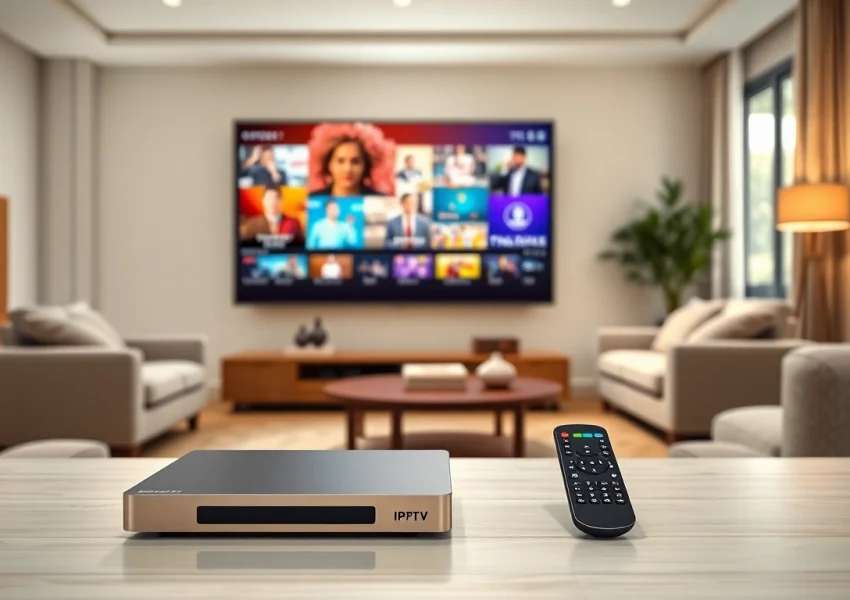Understanding Loyalty Plans
What are Loyalty Plans?
Loyalty plans, often referred to as loyalty programs or rewards programs, are structured marketing strategies designed to encourage customers to continue purchasing from or using the services of a specific business. The core idea is simple: reward customers for their continued patronage, thereby fostering a sense of loyalty and increasing retention. Typically, loyalty plans involve customers earning points for purchases that they can later redeem for discounts, free products, or exclusive offers, creating an appealing incentive for repeat business. To learn more about the mechanics of these plans, you can explore Loyalty Plans.
Importance of Loyalty Plans in Business
The significance of loyalty plans cannot be overstated. In today’s competitive market, retaining existing customers is often more profitable than acquiring new ones. Loyalty plans contribute to building long-term customer relationships, increasing customer lifetime value (CLV), and enhancing brand reputation.
Studies show that loyal customers are likely to spend more than new customers and are less sensitive to price changes. This behavior stems from the emotional connection that loyalty plans help foster through personalized rewards and recognition.
Moreover, effective loyalty programs provide valuable insights into consumer behavior, allowing businesses to tailor their marketing strategies to meet the specific preferences and needs of their customers. This data can guide future product development, promotional strategies, and customer engagement efforts, ultimately driving sustained growth.
Common Types of Loyalty Plans
Loyalty programs can take various forms based on the goals and target demographic of a business. Here are some common types:
- Points-Based Programs: Customers earn points for every dollar spent, which can be redeemed for rewards. This is one of the most prevalent forms of loyalty programs.
- Tiered Programs: Customers achieve different status levels based on their spending, with higher tiers offering better rewards. This encourages customers to strive for higher spending to unlock premium benefits.
- Cashback Programs: Customers receive a percentage of their purchase back as cash or store credit, incentivizing future purchases.
- Subscription-Based Programs: Customers pay a fee to become part of the loyalty plan and receive exclusive perks, discounts, or benefits.
- Coalition Programs: Multiple businesses join forces to create a collective loyalty program that offers rewards across various brands, enhancing customer experience through versatility.
Designing Your Loyalty Plan
Identifying Customer Needs and Preferences
The foundation of a successful loyalty plan is a deep understanding of your customers. Conducting market research and gathering customer feedback can provide insights into what incentives will resonate most effectively. Surveys, focus groups, and direct communication can uncover preferences regarding reward types, communication channels, and engagement methods.
Segmenting your audience based on behaviors, demographics, and purchase history allows for more tailored approaches. Different customer groups may value different rewards—while some might appreciate discounts, others may prefer exclusive offers or experiential rewards.
Creating an Attractive Rewards System
The rewards system should be enticing enough to motivate participation while also being sustainable for your business. Here are key considerations:
- Value Proposition: Ensure that the perceived value of the rewards is high. Customers must feel they are receiving more than they give in terms of their spending.
- Simplicity: Complexity can deter participation. Make it easy to understand how to earn and redeem rewards.
- Exclusivity: Offering exclusive rewards can create a sense of special privilege that enhances customer loyalty.
- Variety: Providing a range of rewards catering to different customer preferences increases engagement potential.
Incorporating Technology in Loyalty Plans
Leveraging technology is crucial in modern loyalty planning. Consider implementing software solutions that allow for:
- Digital Tracking: Use apps or online platforms to track customer purchases and rewards automatically, making it seamless for customers to see their progress.
- Personalization: Collecting data on shopping habits can help tailor rewards and promotions to individual preferences, enhancing both engagement and satisfaction.
- Social Media Integration: Encourage interaction and sharing on social platforms as part of the loyalty program to expand reach and engagement.
Best Practices for Implementing Loyalty Plans
Strategies for Encouraging Program Participation
To ensure your loyalty plan garners interest and active participation, employ the following strategies:
- Launch Promotional Campaigns: Kickstart your program with a promotional event, offering double points or signup bonuses to entice customers.
- Clear Communication: Clearly communicate the benefits and structure of your loyalty program across various platforms, including your website, social media, and email communications.
- Incentivize Members: Provide additional incentives for referrals or signups, encouraging existing customers to promote the program actively.
Maintaining Customer Engagement
Keeping customers engaged within your loyalty program is critical for ongoing success. Here are several methods:
- Regular Updates: Send regular updates on points status and new rewards, encouraging customers to stay active and informed.
- Exclusive Offers: Reward loyalty members with exclusive deals or early access to sales, ensuring they feel valued and appreciated.
- Feedback Mechanism: Create channels for customer feedback and suggestions regarding the loyalty program, demonstrating that their opinions matter.
Measuring Loyalty Plan Success
Evaluating the performance of your loyalty program is necessary to understand its effectiveness. Key metrics include:
- Enrollment Rate: Track how many customers sign up for the program and compare it to industry benchmarks.
- Redemption Rate: Measure the percentage of rewards redeemed to assess customer engagement.
- Customer Retention Rate: Monitor repeat purchase rates from loyalty program members versus non-members to gauge effectiveness.
- Customer Lifetime Value (CLV): Analyze the long-term value generated from customers involved in your loyalty program.
Case Studies of Successful Loyalty Plans
Examples from Leading Brands
Several brands have successfully implemented loyalty programs that serve as excellent case studies. Here are notable examples:
- Starbucks Rewards: Starbucks has tailored its loyalty program to include a points system based on purchases made through its app. Customers earn stars that lead to free drinks and personalized rewards, significantly enhancing customer engagement and sales.
- Sephora’s Beauty Insider: This tiered loyalty program offers different levels of benefits based on customer spending. Members earn points for purchases, which they can redeem for exclusive products, experiences, or gifts, driving interaction and loyalty.
- Amazon Prime: While primarily a subscription service, Amazon Prime functions as a loyalty program, granting members free shipping, exclusive deals, and access to special content. This has created a massive customer base willing to pay for enhanced services.
Lessons Learned from Failed Loyalty Plans
Not all loyalty programs succeed. Some common pitfalls include:
- Complex Structures: Programs that are overly complicated discourage customer participation. Keeping the signup and reward redemption processes straightforward is crucial.
- Insufficient Rewards: If customers do not perceive the rewards as valuable enough, they will disengage. Regular assessments of perceived value can help avoid this issue.
- Lack of Promotion: Programs failing to receive adequate marketing efforts can remain underutilized. Consistent promotion across all channels helps draw attention.
Adapting Successful Elements to Your Business
When designing your loyalty program, consider what makes successful programs effective:
- Personalization: Tailor rewards and communications to meet individual customer needs and preferences.
- Exclusive Experiences: Create unique experiences that customers cannot receive elsewhere to boost the perceived value of your loyalty program.
- Data Utilization: Use customer data to refine offerings and ensure the program evolves with changing consumer preferences.
The Future of Loyalty Plans
Emerging Trends in Customer Loyalty
The landscape of loyalty programs is constantly evolving. Here are some emerging trends:
- Sustainability Focused Programs: Increasingly, consumers are valuing brands that commit to sustainability. Programs that integrate environmental responsibility into their rewards can attract eco-conscious customers.
- Experiential Rewards: Shifting away from traditional discounts, brands are beginning to offer experiences, such as exclusive events or personal services, as a way to engage customers.
- Blockchain Technology: The use of blockchain can enhance the transparency and trustworthiness of loyalty programs, particularly in tracking earned points and facilitating secure transactions.
The Role of Data Analytics
Data analytics play a pivotal role in the success of loyalty plans. With advancements in analytics technology, businesses can:
- Predict Customer Behavior: Utilizing algorithms to analyze past purchasing behavior helps predict future preferences and tailor offerings accordingly.
- Enhance Personalization: Detailed data allows for greater personalization, thus improving customer satisfaction and engagement levels.
- Track Program Performance: Data analytics enable real-time monitoring of loyalty program success, helping brands make needed adjustments swiftly.
Shifting Consumer Expectations
Today’s consumers expect more from loyalty programs. Understanding these shifts in expectations is vital for maintaining relevance:
- Instant Gratification: Customers increasingly expect immediate rewards, pushing brands to offer quick points accumulation and redemption processes.
- Omni-Channel Experiences: Consumers prefer seamless experiences across various platforms. Your loyalty program should be integrated across all customer touchpoints.
- Transparent Communications: Clear communication regarding how the program works, how rewards can be earned and redeemed, and changes to the program fosters trust and encourages participation.






